What is Art Therapy?
Art Psychotherapy
▼ Art therapy is a form of psychotherapy
▼ Through the use of visual arts and the creative process, art therapy allows people to explore internal and unconscious aspects of the self
▼ This allows for identification, understanding, and integration of parts of the person which can be difficult to understand and articulate through a primarily verbal process
▼ Art therapy allows for a fuller and more holistic way to view difficult to process events, memories, beliefs, thoughts and emotions
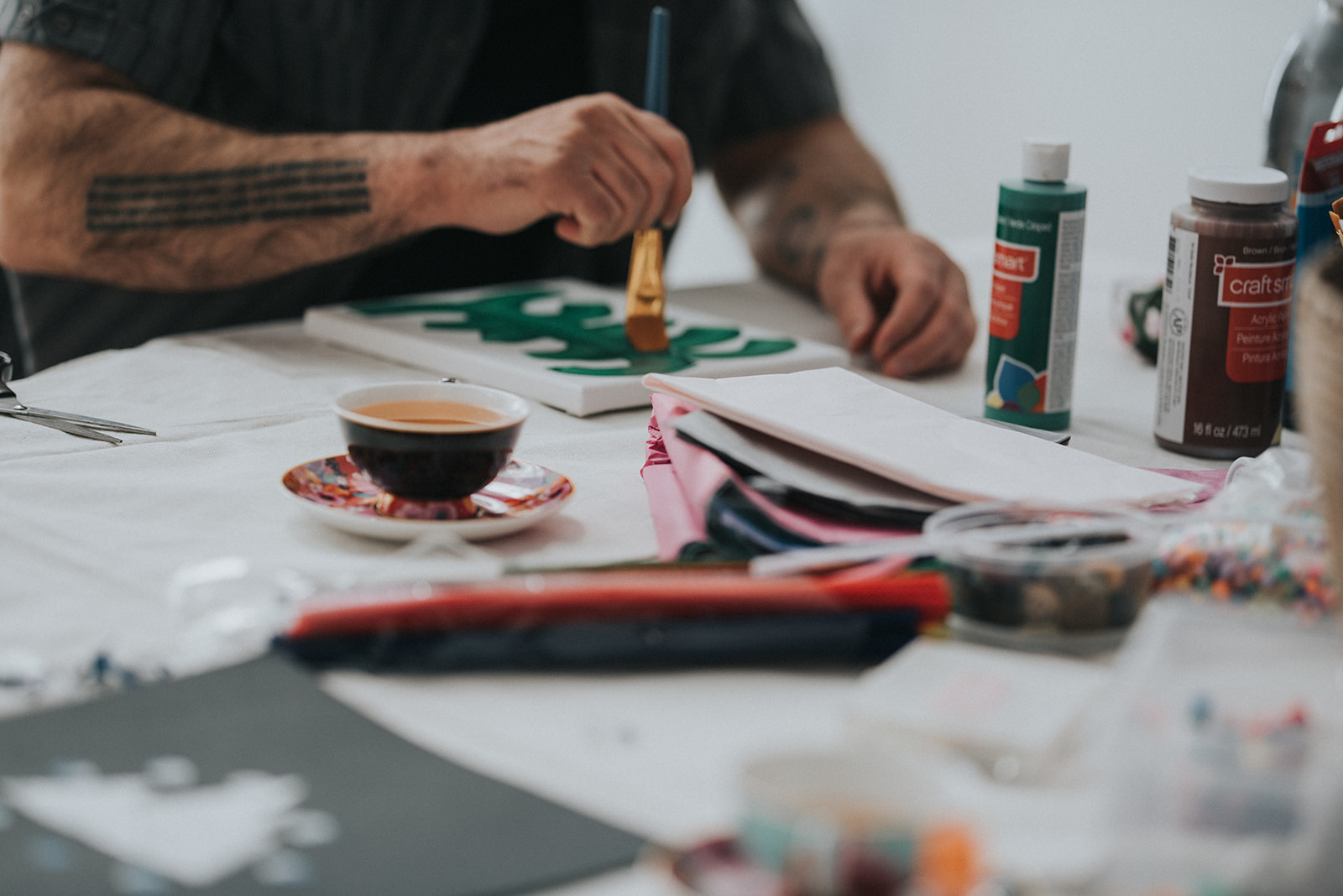
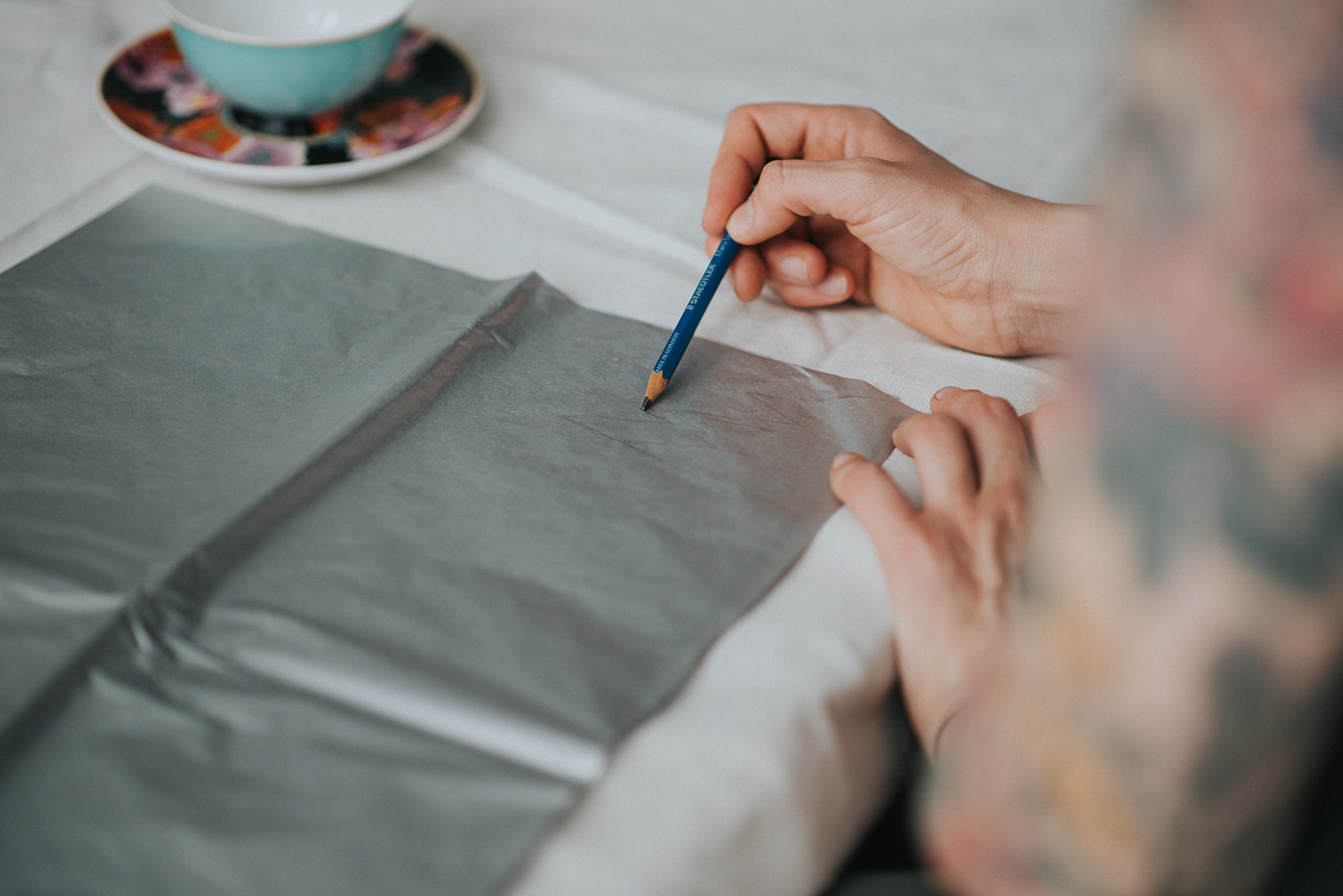
Creative Expression
▼ The art created in art therapy acts as an external expression of this content and becomes a container or a place to hold or put down what someone may be struggling with
▼ Sometimes the art is the expression in itself, and no other words or expression is needed; sometimes the art gives the artist the words they may not have been able to express
▼ It allows us to see things differently, from a different perspective
▼ This is not meant to be fine art; it is used as an expression – no artistic experience or fine art skill is necessary
Neuro-Science
▼ When engaging in creativity and art, people use a different part of their brain than they would to think about a memory or tell a story (as in talk-therapy)
▼ It is literally thinking about it differently
▼ This can lead to forming new pathways in the brain, allowing for new ways of understanding and healthier coping behaviour to become more reflexive
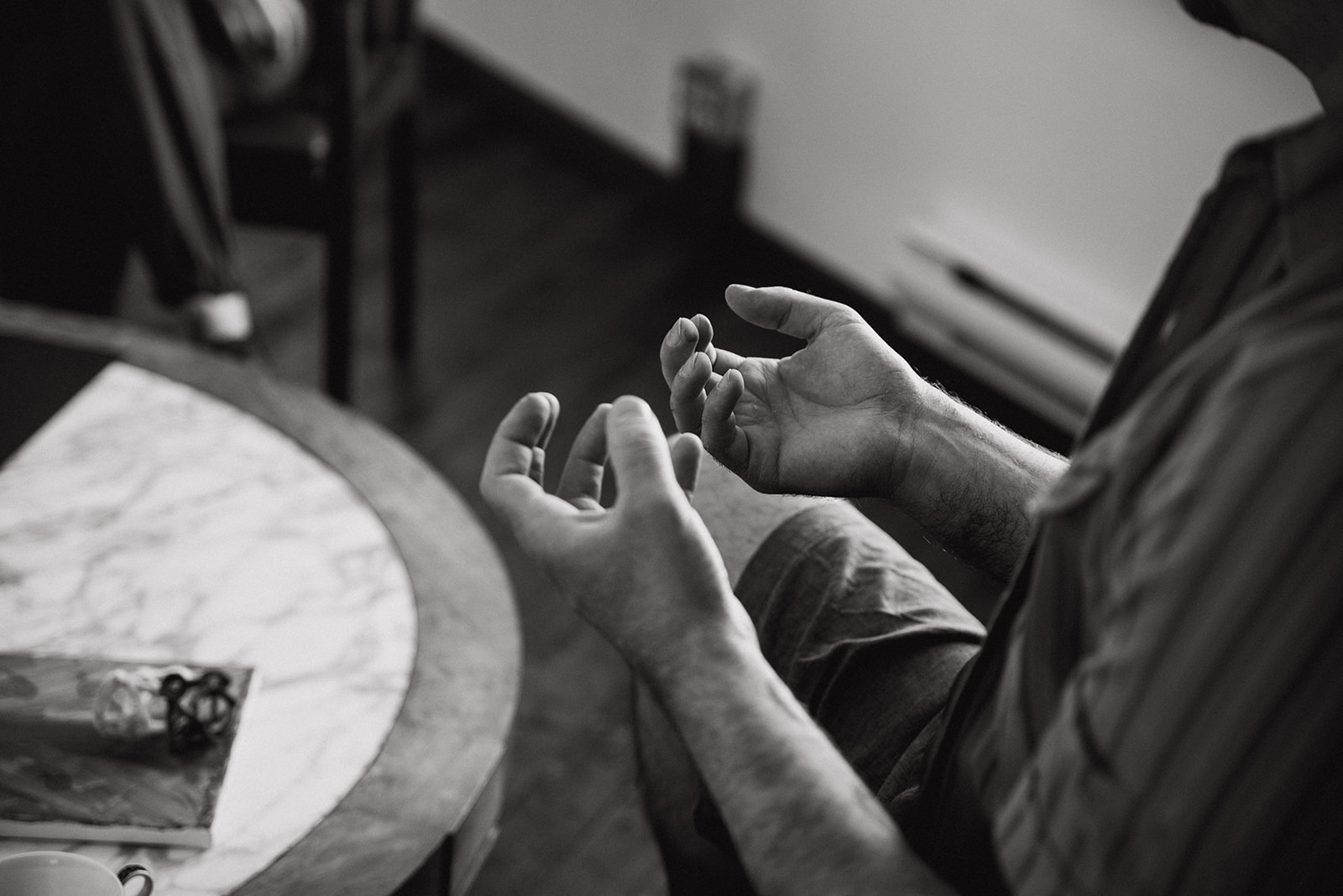
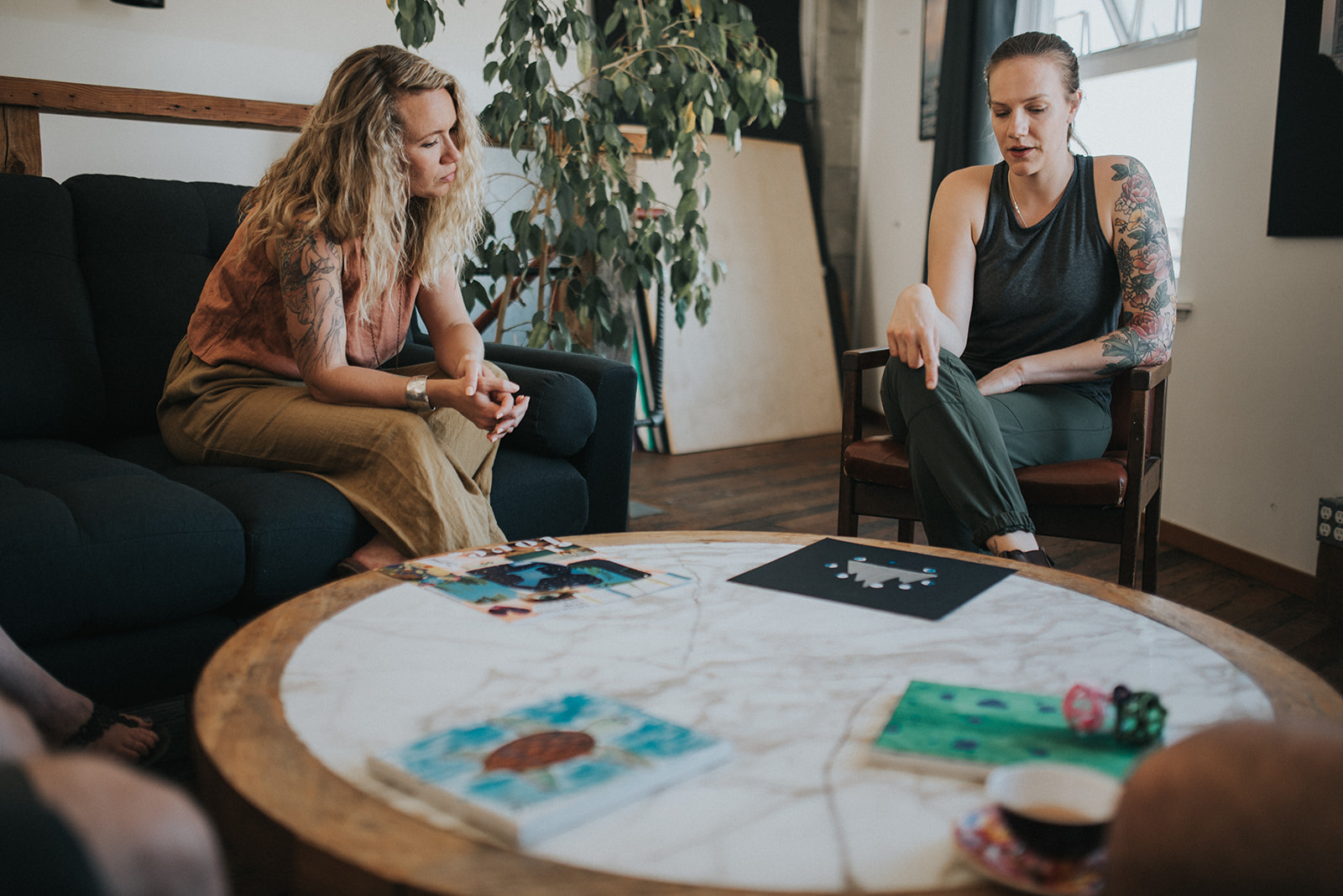
Processing the Art
▼ The interpretation of the art is for the individual artist alone
▼ The Art Therapist is there to guide you through the processing of your own art – not to provide the interpretations for you
▼ Only the person who created the art work carries the thoughts, feelings, memories, and beliefs held in the images – it is their understanding alone that defines what the art work is saying
What to expect when coming to an Unearth Art Therapy group or individual session:
Opening check-in
▼ Intention, mindfulness, coming into the process
▼ Goals or intentions for the session; is there an idea in mind of what you want to work on?
Therapeutic directive
▼ This is meant as a starting point, for the artist to interpret and adapt
▼ Artists always have the option to make spontaneous art
▼ It is encouraged to take a moment to meditate or sit with eyes closed to process intention and thoughts around the activity
Art making
▼ Painting, drawing, collage, sculpting, construction, etc.
▼ Tea served
▼ Individual check-ins during the art-making process
▼ Support with materials (i.e. replace paint water, help to find specific items, brainstorming alternatives if needed)
▼ Artists have access to full art therapy studio and materials
▼ Taking a break at some point is encouraged
Closing
▼ Check-in around the art-making process
▼ Sharing and processing of artwork
Resources & Links
Canadian Art Therapy Association (CATA), BC Art Therapy Association (BCATA) and Art Therapy Without Borders are helpful resources to learn more about Art Therapy.
This website is a co-creation by the following contibuters:
Web development and graphic design by Raynefyre Grayce
Photography by Melanie Orr Photography
Layers of Time background image by Synnatschke Photography
